26 pages • 52 minutes read
Mark TwainThe Invalid's Story
Fiction | Short Story | Adult | Published in 1874A modern alternative to SparkNotes and CliffsNotes, SuperSummary offers high-quality Study Guides with detailed chapter summaries and analysis of major themes, characters, and more.
Symbols & Motifs
The Fire
In the characters’ escalating attempts to overpower the smell of the cheese, Thompson purchases an odd assortment of items—chicken feathers, dried apples, leaf tobacco, rags, old shoes, sulphur, asefetida (an herb), and “one thing or another” (Paragraph 39)—and then sets them on fire. All would, presumably, have a strong odor when burned.
Twain frequently lampooned institutional Christianity in his work. In words intended for his autobiography, but suppressed by his family for many years, he described the religion as “bad, bloody, merciless, money-grabbing and predatory” and called it “a terrible religion.” The idea that Christianity has been corrupted by its gatekeepers is visible in “The Invalid’s Story,” particularly in this symbol. When viewing When viewing the story through this lens, the fire can be seen as a symbol of a ritual burnt sacrifice in the tradition of those in the Hebrew Bible. For example, Leviticus 6:8-13 gives specific instructions for how to conduct a burnt offering.
This offering, however, does not appease the vengeful spirit of what the two characters perceive as the decaying corpse. Instead, the original smell “stood up out of it just as sublime as ever” (Paragraph 40). The fire is the last straw that drives them to the freezing platform to stay, until they are dragged off “frozen and insensible” (Paragraph 44).
Related Titles
By Mark Twain

A Connecticut Yankee in King Arthur's Court
Mark Twain
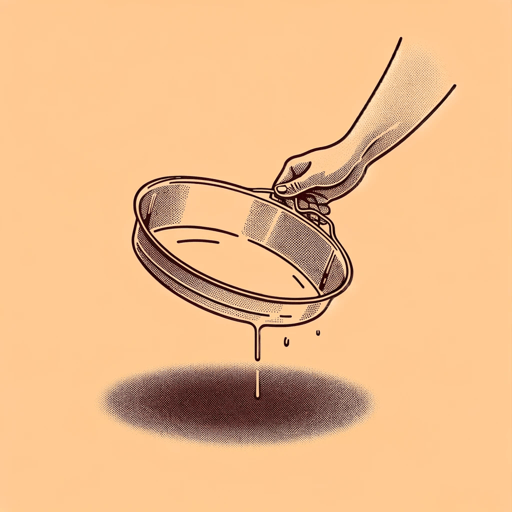
A True Story
Mark Twain

Letters from the Earth
Mark Twain
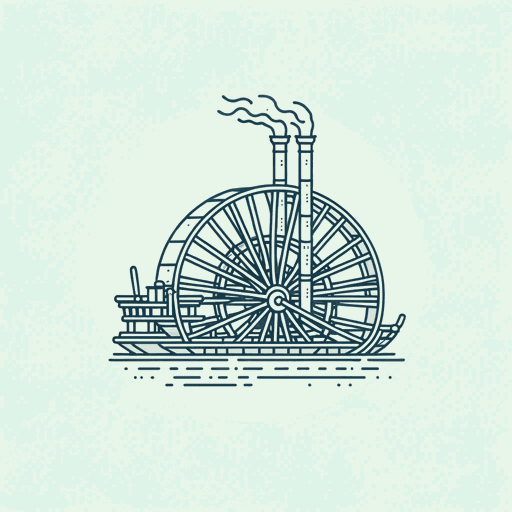
Life on the Mississippi
Mark Twain

Roughing It
Mark Twain

The Adventures of Huckleberry Finn
Mark Twain
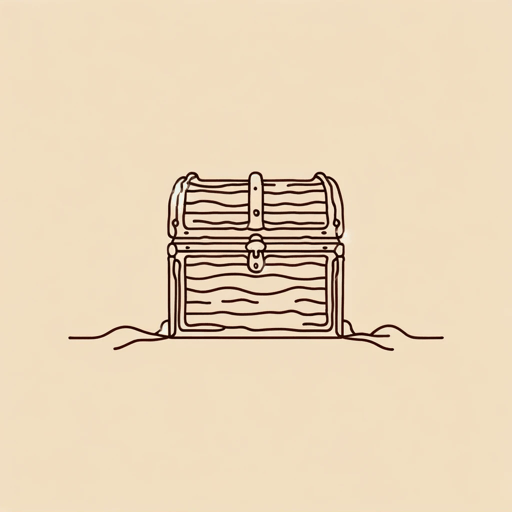
The Adventures of Tom Sawyer
Mark Twain

The Autobiography of Mark Twain
Mark Twain

The Celebrated Jumping Frog of Calaveras County
Mark Twain

The Gilded Age: A Tale of Today
Mark Twain, Charles Dudley Warner

The Innocents Abroad
Mark Twain

The Man That Corrupted Hadleyburg
Mark Twain
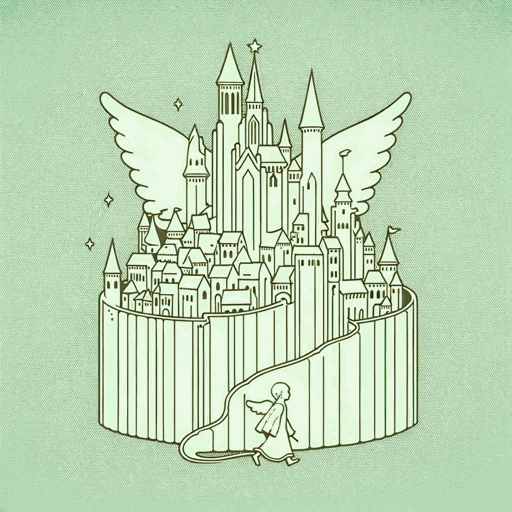
The Mysterious Stranger
Mark Twain
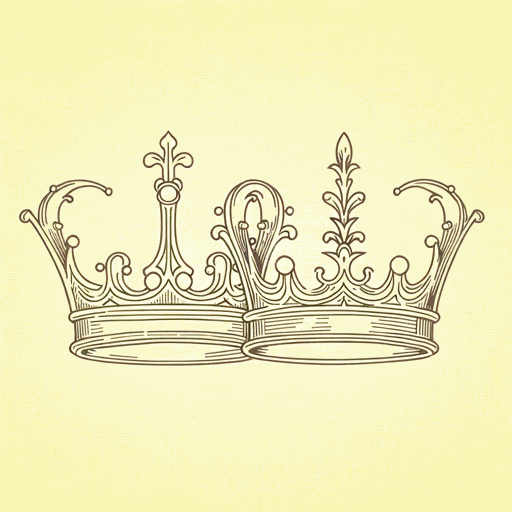
The Prince and the Pauper
Mark Twain

The Tragedy of Pudd'nhead Wilson
Mark Twain

The War Prayer
Mark Twain

